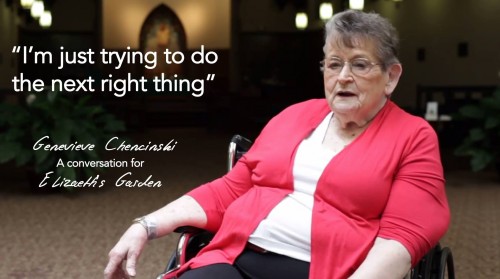
Successful Crowdfunding
How does someone make a successful crowdsourcing campaign? The answer comes when you define the purpose of the campaign. Like myself, using funding websites like kickstarter, indie gogo, and gofundme are ways to fund my film projects. As you are probably already aware, making movies is an expensive business, and while I can at times fund my projects personally, a lot of the time I depend on my network to help bring a film to life, financially. There are some important factors to consider when launching a crowdfunding campaign, so keep reading to see my take on how to be successful when raising money for your film.
Like I said above, defining the purpose of your campaign is the first step: raise money to make your film. Next, you have to decide how you want to approach asking for money. This step is crucial to the development of your film in many ways. Will you just be reaching out to family and friends, or will you be trying to break the boundaries of your social networks and attempt reaching larger audiences? Whichever method you choose specifies the method in which you ask. It is always better to assume that your crowdfunding video will reach your close circle of friends, your professional network, and everyone on Facebook and twitter. It is my advice to reach further than that. Whether or not reaching outside of your network works, you would still have reached that core group who is certain to give to your campaign.
When you decide to reach for a larger audience, a couple things need to happen. As I’m sure you’ve all seen, the famed “crowd funding video” is a must when using kickstarter, indie gogo, and gofundme. What people often forget, however, is to supplement their video with MORE supplemental material. Donors love to see more. If you have more than a video where you ask for money, then provide it! Don’t be shy. When donors see that you have been working on a project for a while, or that you are currently working on a project, they are more likely to give. These materials could be anything: select pages of the script, concept art from your Production Designer, photos of the location, interviews with cast and crew. How you provide these to your followers is up to you—my advice is to provide them where you will get most traffic. The more people to see your activity, to higher chance they will then donate themselves.
A nice hub for your film is probably Facebook. This way, you can assure that your network will get involved, like your page, and keep updated. It is also good because those audience members you reach that are from outside of your network probably use Facebook too. Facebook is the most concentrated way to keep your followers organized.
But how to reach those people outside of your network? This is the trickiest part of a crowdfunding campaign, and my best answer is to evaluate your methods on a project-to-project basis. For instance—will your film work as a vessel for a social campaign? If so, then find organizations that work with the same social issues and promote that way: ask to get shared on their social networks and posted on websites. Does your film star a relatively famous, local actor? Use that as a way to garner attention. Look for interviews in local newspapers, or on blogs aimed at promoting up and coming filmmakers. You can even create more supplemental materials based on this promotion process.
The biggest advice I can give is to put the work in. If you add effort into creating your campaign, then chances are, you can garner enough attention to meet your goal. If you only upload a video where you ask for money, your engagement is low and you can expect your funding to be low. Remember, you want people to know about your film. All the effort you put into your funding, you can translate into the distribution and exhibition process. So do the work! It will pay off. Literally.



